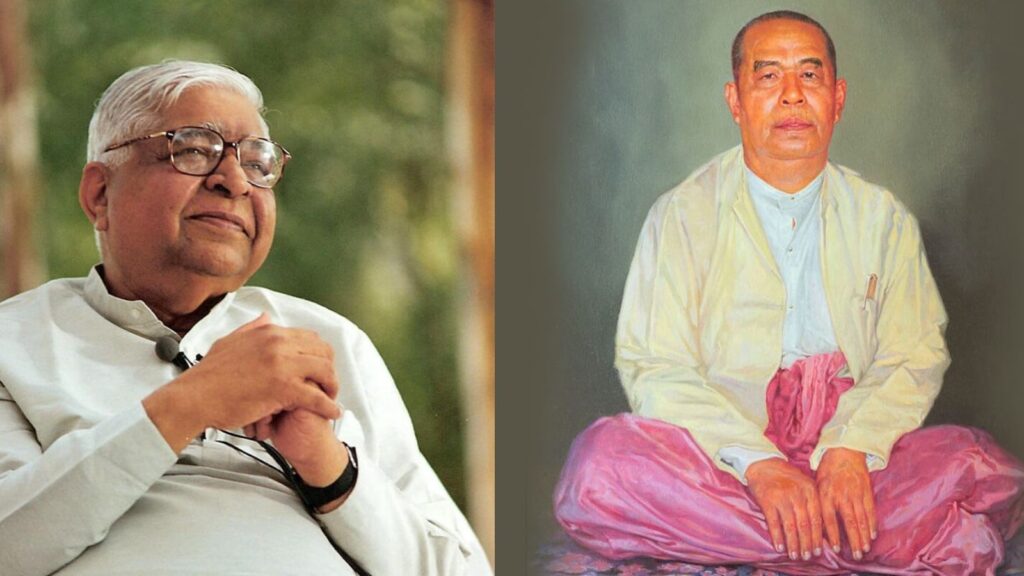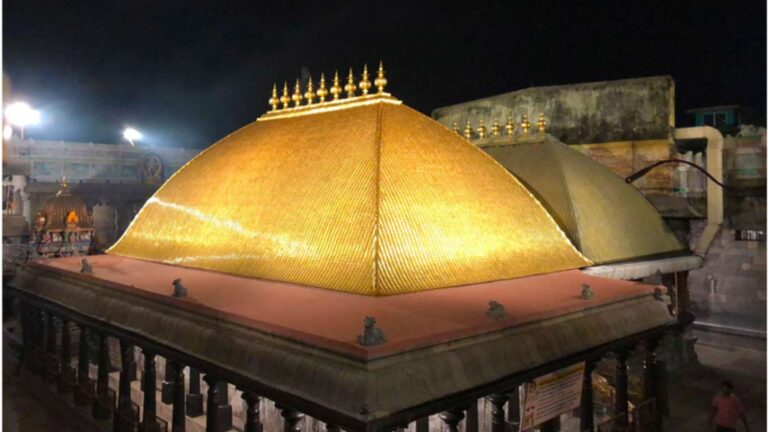Vipassana is a meditation technique practiced by millions across the world. The technique derives its name from the Pali word Vi-Passana, meaning ‘clear-seeing.’ Also known as insight meditation, the technique focuses on seeing things as they really are, rather than how one wishes them to be.
How it works
Originally discovered by the Buddha over 2,500 years ago, Vipassana focuses on cultivating a deep mindful awareness of one’s thoughts, feelings, and bodily sensations. The practice begins by focusing on the breath and then progresses to scanning the body for sensations. By doing this, practitioners become increasingly aware of the impermanent nature of things without reacting to them.
The technique focuses on self-transformation through self-observation. Instead of avoiding reality, Vipassana teaches participants to calmly face their inner and outer worlds. Participants follow a strict schedule, focusing solely on meditation while observing complete silence throughout the course. There are no intellectual discussions, incense burning, rituals, or idol worship involved.
S N Goenka’s role in spreading Vipassana
S N Goenka was a successful and wealthy businessman settled in Burma. For many years, he suffered from excruciating migraines. Though he consulted the best doctors in the west, the condition persisted. Despite his initial skepticism, finally he sought help from U Ba Khin, a renowned Vipassana teacher and a high-ranking government official in Burma.

S N Goenka and his teacher U Ba Khin
U Ba Khin introduced Goenka to this ancient technique, emphasizing self-awareness and mindfulness. To Goenka’s surprise, not only did his chronic migraines vanish, but the practice also had a lasting impact in his spiritual and mental well-being. The ten-day experience was life-changing for Goenka, who eventually became a leading proponent of the practice. Under his guidance, the technique spread across the globe, transcending religious and cultural boundaries.
Today, there are nearly 250 Vipassana centers across the world. These centers offer residential courses free of charge, upholding the tradition that dhamma cannot be monetized. The centers are spread across Asia, Africa, Americas, Europe, Australia and beyond, making Vipassana accessible to everyone. The technique is non-sectarian, unaffiliated with any specific religion or belief system, and is open for anyone to experience.
To locate a center nearest to you, visit https://www.dhamma.org/



